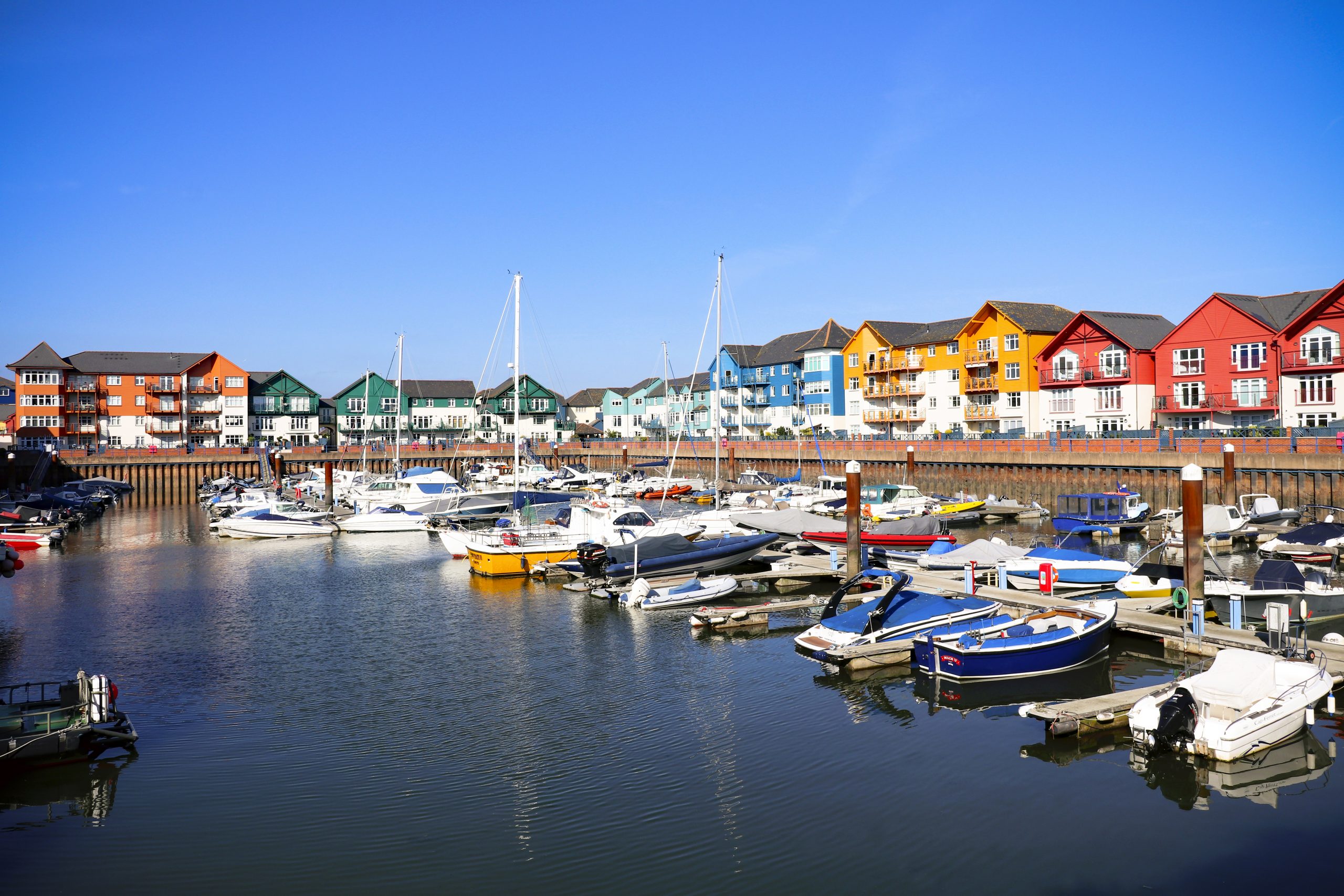Cottages to Rent in Axminster
Looking for cottages to rent in Axminster? You’ve come to the right place! Nestled on the Devon-Dorset border, Axminster...

The River Lym (or Lim) has always been a foundational element of Lyme Regis. It’s a river which donates its name to the area (Lyme Regis meaning (River) Lym of the King) and helped the fledgeling settlement develop into the beautiful, historical coastal town it is today.
However, for all its influence, it’s a comparatively short river, running just over 5 kilometres long, ending 200 meters from source to the Channel Sea in Lyme Bay. Just before that, you’ll find a mill on a site where mills have stood since the 13th century, where successive buildings have used the rivers flow to generate energy. Today, in a high-tech twist, the mill is a small hydroelectric plant.
But what about the river itself? Join us as we share with you everything you need to know about the River Lym.
Where does the River Lym form?
Forming from the rain in the valley in Uplyme, Yarl and on Raymonds Hill, the river runs from Uplyme to 200 meters short of the Channel Sea in Lyme Bay. Sometimes following heavy rain the source springs will unleash a torrent of water in the lower reaches past Jericho, Jordan, the Angel at Mill Green and the Town Mill.
Does the river ever flood?
The Lym has been known, on occasion, to flood. However, these events are few and far between and only follow the heaviest rains. The most dramatic flooding ever recorded was in the spring of 1890, when the river burst its banks and residents of Coombe Street in Lyme Regis had to be rescued by boat.
Coombe street today is home to some of the best restaurants in Dorset, but don’t panic, you’re unlikely to get your feet wet during dinner.
Can you walk the river?
Yes! Although not all of the river is accessible via footpath you can indeed walk a large swathe of the river. The superb people over at the South West Coast Path have drawn up a 1.5km walk with beautifully simple directions here.
From our Lyme Bay holiday cottages simply head into town and start from Cobb Gate, walking your way alongside the river and through town and towards Uplyme. Along the way, you’ll see countless delights, from stunning churches to old mill sites where it’s said the Queen’s soldiers outfits were made.
When’s the best time to see the river?
It’s extremely rare that water completely stops flowing through the River Lym, making it a terrific attraction all year around. However, during particularly dry periods water flow will be reduced, so keep that in mind if you’re excited to see the Lym roar.